
masaferoutessurvey.org
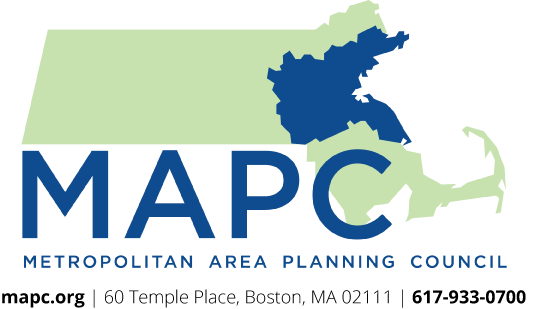
masaferoutessurvey.org
Supports Safe Routes to School Program (SRTS)
Enables Data Collection Though
Online & Paper Survey
Administrative Portal for
Survey Management and Reporting
The Massachusetts
Safe Routes to School Program
Partners with schools throughout the Commonwealth to:
Help reduce traffic congestion and air pollution near schools.
Increasing the health, safety, and physical activity of students.
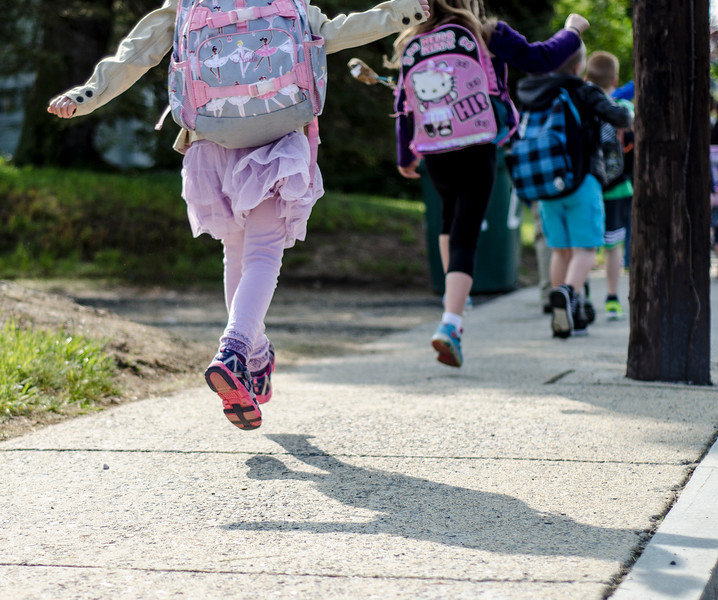
6-question school commute survey
Offered in 9 lanaguges
Online and paper survey available
Over 47,000 surveys completed by parents as of 2020
The Survey
Automated reporting available


Evaluating trends in how students and families travel to and from school is a key component to building a successful Safe Routes to School program.
Parent responses to this survey provide valuable information and help determine how we can improve the environment around the school, target investments, track progress toward goals.
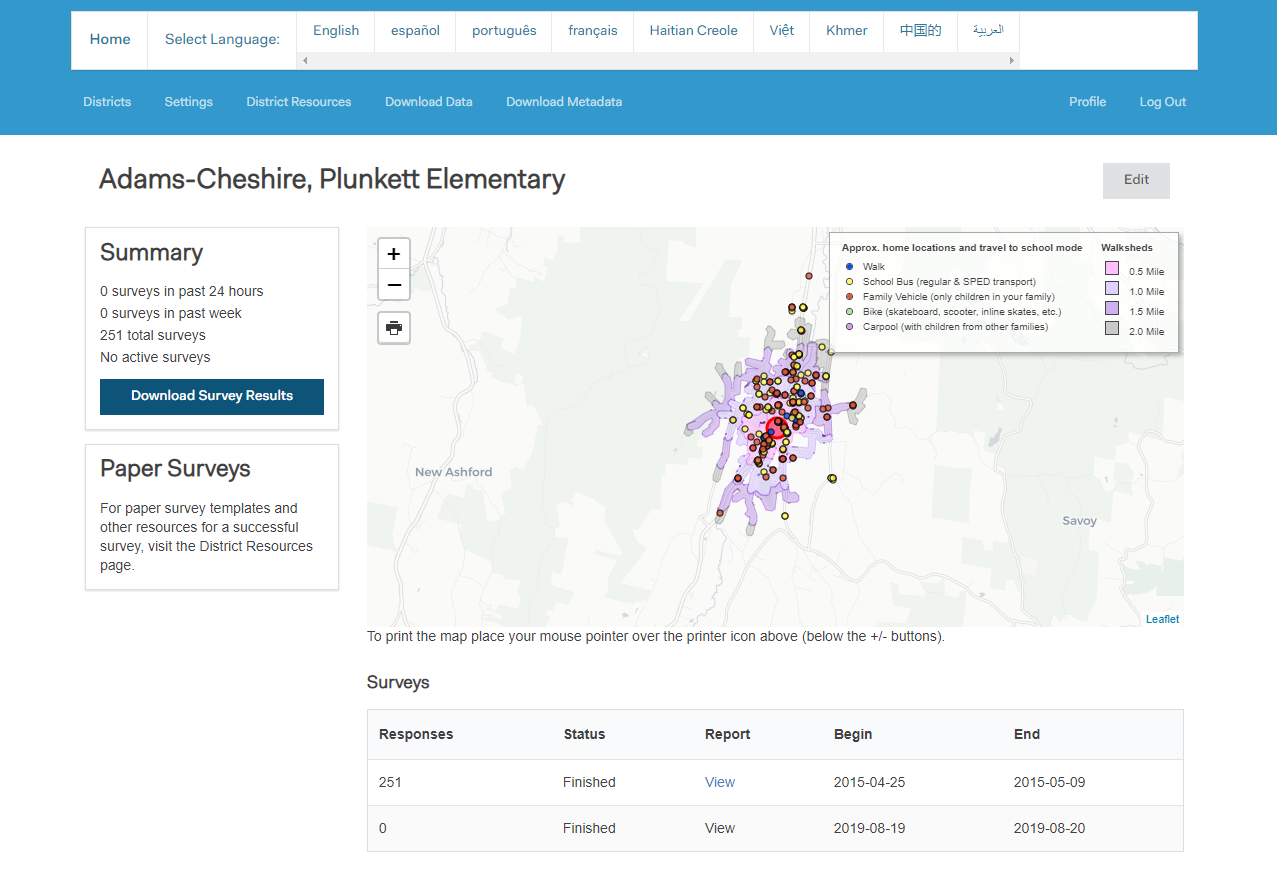
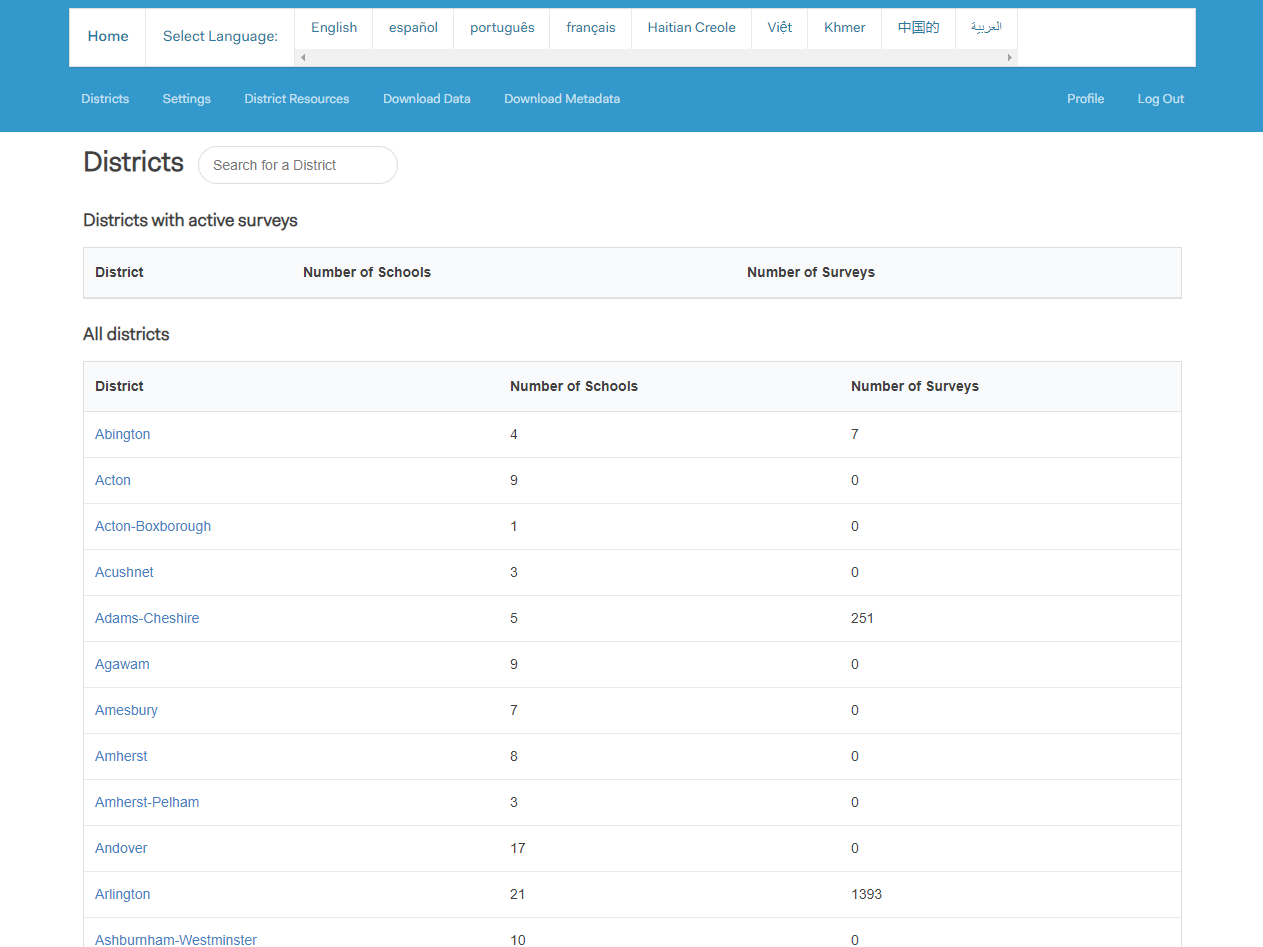
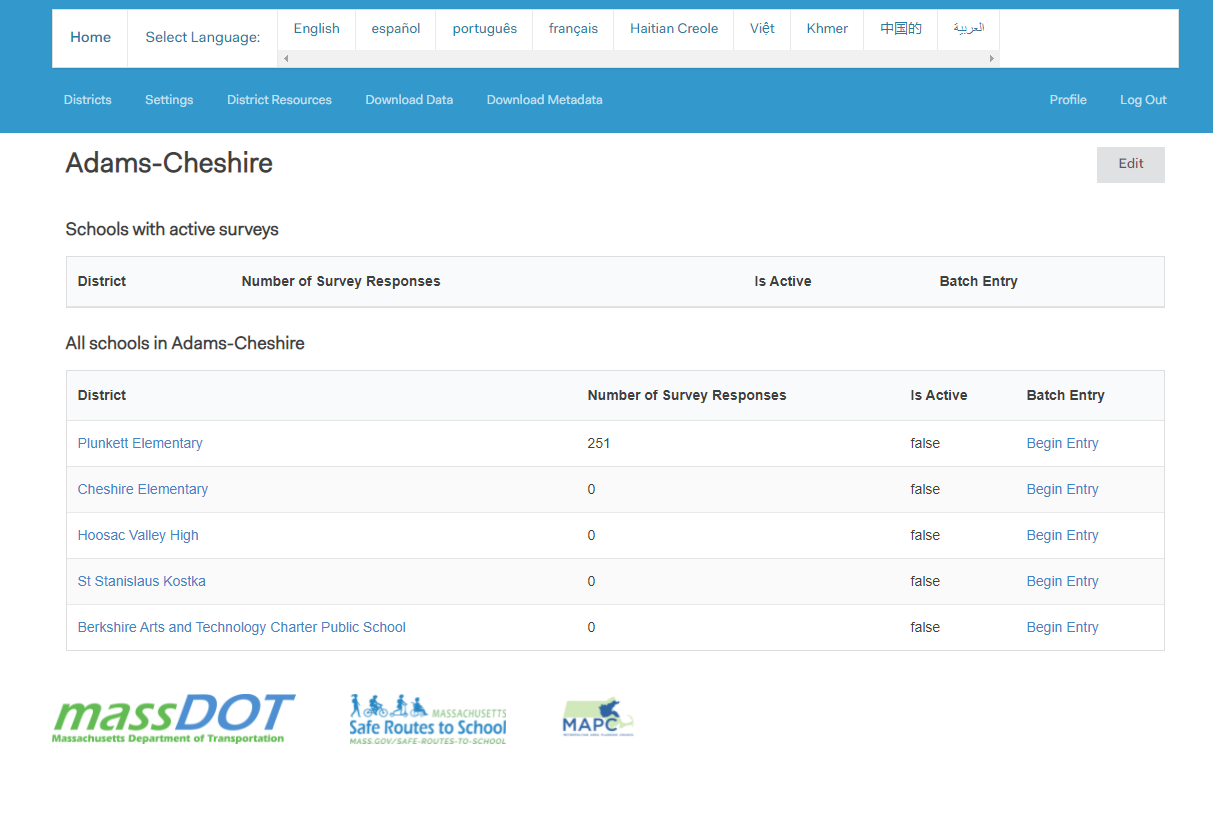
Survey Management & Report Generation

Automated Reports




Response Rate
Report Elements
Student Proximity
Overall Mode Choice
GHG Emissions
Mode Choice by Walkshed





Walk Network Example: Alcott Elementary, Concord


School Comparison -- Mapped


Low Walk-to-School Potential

Data Connection Available for Additional Reporting
- Django
- Leaflet
- PostGIS & pgRouting
- R & LaTeX
Open Source and Transferable
Programming “Stack”
Input files
- School locations &
- District designations
- Pedestrian network
- Enrollment by grade
- Survey Responses
Code and more information available at:
Research Project: Neighborhood Characteristics
What neighborhood, route and school characteristics are associated with walking to school?
Research Question:
Explore More Below
Route
• Land Use Mix
• Industrial Land Use
• Intersections
• Major Roads
• Route Directness
• Population Density
• Median Household Income
School
• Intersection Density
• School Enrollment
• Race/Ethnicity
• English Language Learners
• Low Income Students
• Population Density
• Median Household Income
Research Project: Neighborhood Characteristics
What Did We Look At?
Research Project: Neighborhood Characteristics


Walksheds and Routes
Research Project: Neighborhood Characteristics
| Fully Adjusted Model Results | Walk To School |
|---|---|
| Grades 2-4 | |
| Grades 5-8 | |
| More Drivers Than Cars | |
| At Least One Car per Driver | |
| Distance (miles) | |
| Route Land Use Mix | |
| Major Road on Route | |
| Indirect Pedestrian Route | |
| School Enrollment | |
| School Neighborhood Intersection Density | |
| School Neighborhood Median Household Income |



Research Project: Neighborhood Characteristics

Null Model
Research Project: Neighborhood Characteristics

Final Model

Research Project: Neighborhood Characteristics
Future Opportunity: Points to Lines
convert current point level data, respondent travel locations to and from, into line data that represent expected walking routes between locations.
Goal:
Enabling targeting investments to routes that have a high potential for mode shifting of student commutes.
Explore More Below



Points to Lines: Example
Using open data and software, MAPC developed a examples of what this analysis would look like.

Blue = Predicted route to school for students that walk
Size = Number of Students
Points to Lines: Example
Red = Predicted route to school for students that don't walk
Points to Lines: Example

Size = Number of Students
Purple = Overlay Of Routes
Color weighted to highlight areas with walkers and potential walkers
Points to Lines: Example

Finding the Walk-to-School “Target Market”



Mode Shift